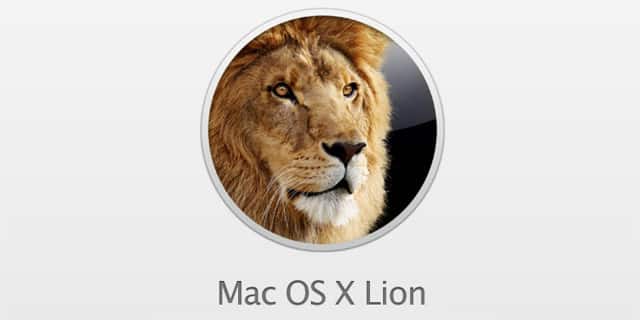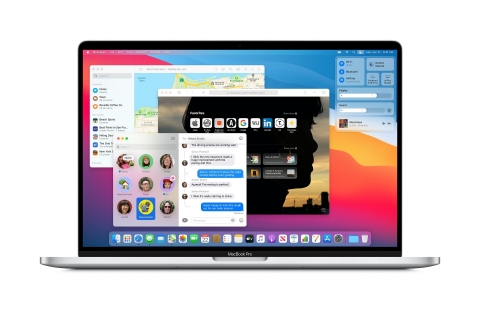
When you attach a storage disk to a Mac with the purpose of erasing or repartitioning it, you'll be presented with the option of selecting one of the three available partition maps: GUID Partition Map, Master Boot Record, and Apple Partition Map. In this article we will explain what a partition scheme is and which one to pick when formatting a drive.
Mac OS Extended. Choose one of the following Mac OS Extended file system formats for compatibility with Mac computers using macOS 10.12 or earlier. Mac OS Extended (Journaled): Uses the Mac format (Journaled HFS Plus) to protect the integrity of the hierarchical file system. Mac Journal 2.1 can be downloaded from our website for free. The following version: 2.1 is the most frequently downloaded one by the program users. This Mac application was originally produced by Mariner Software. This Mac download was checked by our built-in antivirus and was rated as safe. The program belongs to Design & Photo Tools. The installation file for version 2.0 ALPHA of the Journal for Recovery (Mac OS X version) is available as a free download. The download file is called RJ-2.0Alpha3.dmg. 2011 - Released the Alpha 3 version.
What Is a Partition?
The fixed-sized subset of a disk drive treated as an individual unit by the operating system (in our case macOS) is defined as a partition. On every drive there are multiple partitions, and for this you will need a partition table or partition map – maintained by the operating system – to detail the status of the partitions.
Download CleanMyMac X from MacPaw’s website and clean up to 500MB of junk data from your computer while enjoying all the features of the software without major limitations.
GUID Partition Map
This is a standard for the layout of the partition table on a storage disk using globally unique identifiers (GUIDs). As part of the Unified Extensible Firmware Interface (UEFI) standard, GUID is a bootable standard for systems with EFI firmware such as macOS. Non-Intel Macs won't support this bootable standard, hence the only option available to them is the Apple Partition Map (APM).

Apple Partition Map
Journal For Mac Os Versions
Used on disks formatted for use with 68k and PowerPC Macs, the Apple Partition Map is the scheme that defines how the data is organized. Starting with OS X Tiger, both APM and GUID partitions can be used for accessing volumes, but PowerPC-based Macs can only boot from APM disks. While Intel-based Macs generally boot from a GUID Partition Table, they are all able to start the operating system from APM and Master Boot Record (MBR) using the BIOS-Emulation called EFI-CSM.


Master Boot Record
Journal For Massage Therapy
Introduced by IBM in 1983 to support the 10MB hard disk, the Master Boot Record is a type of boot sector developed for use with IBM PC systems. It is currently used for Windows partitions formatted as MS-DOS (FAT) or ExFAT.
Choosing a Partition Map
Now you know which partitioning map is which, the next time you insert an external drive or want to partition the built-in storage disk of the Mac, it will be easier to choose between the available options.
When formatting or erasing a volume with Disk Utility, you'll see a format menu prompt asking you to choose from:
- Mac OS Extended (Journaled)
- Mac OS Extended (Journaled, Encrypted)
- Mac OS Extended (Case-sensitive, Journaled)
- Mac OS Extended (Case-sensitive, Journaled, Encrypted)
- MS-DOS (FAT)
- ExFAT
- APFS (macOS High Sierra’s new file system)
- APFS (Encrypted)
- APFS (Case-sensitive)
- APFS (Case-sensitive, Encrypted).
Be aware that APFS is compatible only with macOS High Sierra and higher, so earlier versions of OS X or macOS won't mount an APFS volume. If you want maximum reach, Mac OS Extended (Journaled) is the right choice.
Below the file system format, the Disk Utility dialog box will list another contextual menu, the partition map scheme, which gives you another great tool to create targeted volumes. If you are looking to format a disk that will be shared with Windows users, the MBR scheme and MS-DOS (FAT) are the best choices. For drives used with Intel-based Macs only, the GUID Partition Map should the option to go for.
If you don't see the partition map scheme option, it is likely because Disk Utility doesn't list all volumes. This will prohibit Disk Utility from erasing the disk and show you an error message. To address this issue, you should click on the View button located in the top-left side of the Disk Utility dialog box and select “Show All Volumes”. From that point on, Disk Utility will ask for your partition map preference, and the formatting process will be smoother.
Best Mac Optimization Software of 2020
| Rank | Company | Info | Visit |
| |||
| |||
|
Get the Best Deals on Mac Optimization Software
Day One Journal For Mac Os X
Stay up to date on the latest tech news and discounts on Mac optimization software with our monthly newsletter.